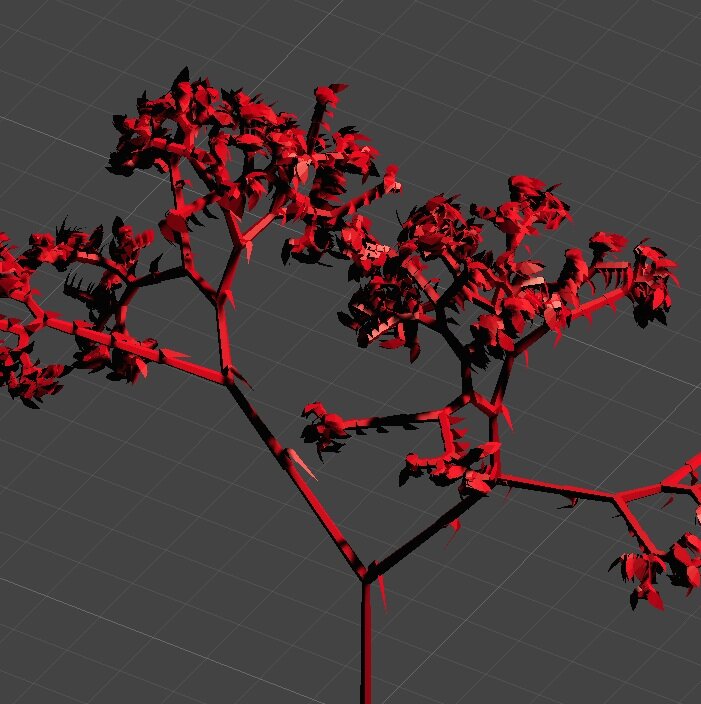
Splinter
I made another game! This was another single month project, as practice both for developing quickly and for keeping track of scope. It’s called Splinter, it’s about sword dueling, and it’s available on itch!
Of the month-projects that I’ve done so far, this was the least successful in terms of delivering a product but...

Root Cause
The game we made is called Root Cause. It features you as the lone crewmember on a ramshackle airship adrift in the sky, trying to hold everything together until you reach your destination…

Bread
For this month’s project, I wanted to do some more work with Houdini. A friend of mine was talking about the struggles of trying to model bread for a 3D short they are working on, and that got me thinking: I should be able to procedurally generate bread with Houdini… how hard could that be?

Theseus: Return to the Labyrinth
I made a thing! Theseus: Return to the Labyrinth is a game that I, along with a few friends, made over the last two weeks for Pirate Software Game Jam #14. Playable now on itch, source code public on Gitlab.
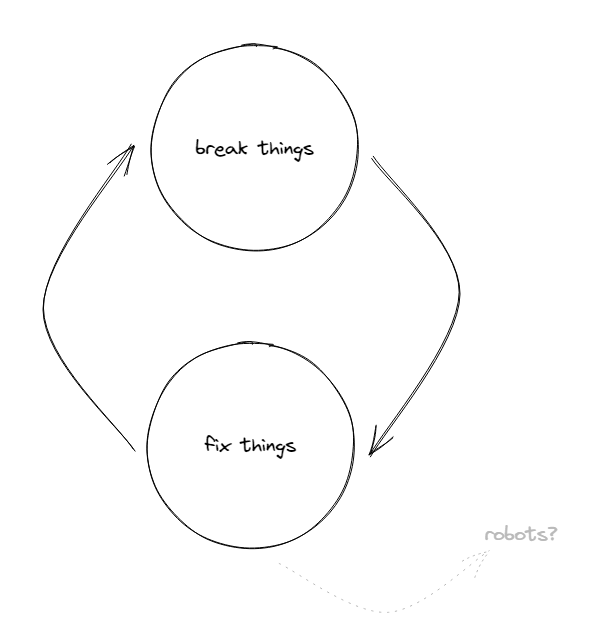
Physics Tooling
I’m working on developing a custom physics system that will ultimately power a neat mech thing. As part of that process, I built a tool to store and replay different phsyics test setups. It has made things way easier!


IK Experiments II - FABRIK
…taking a brief detour from that, I tried implementing an algorithm called FABRIK. This worked magically and immediately solved all of my problems…
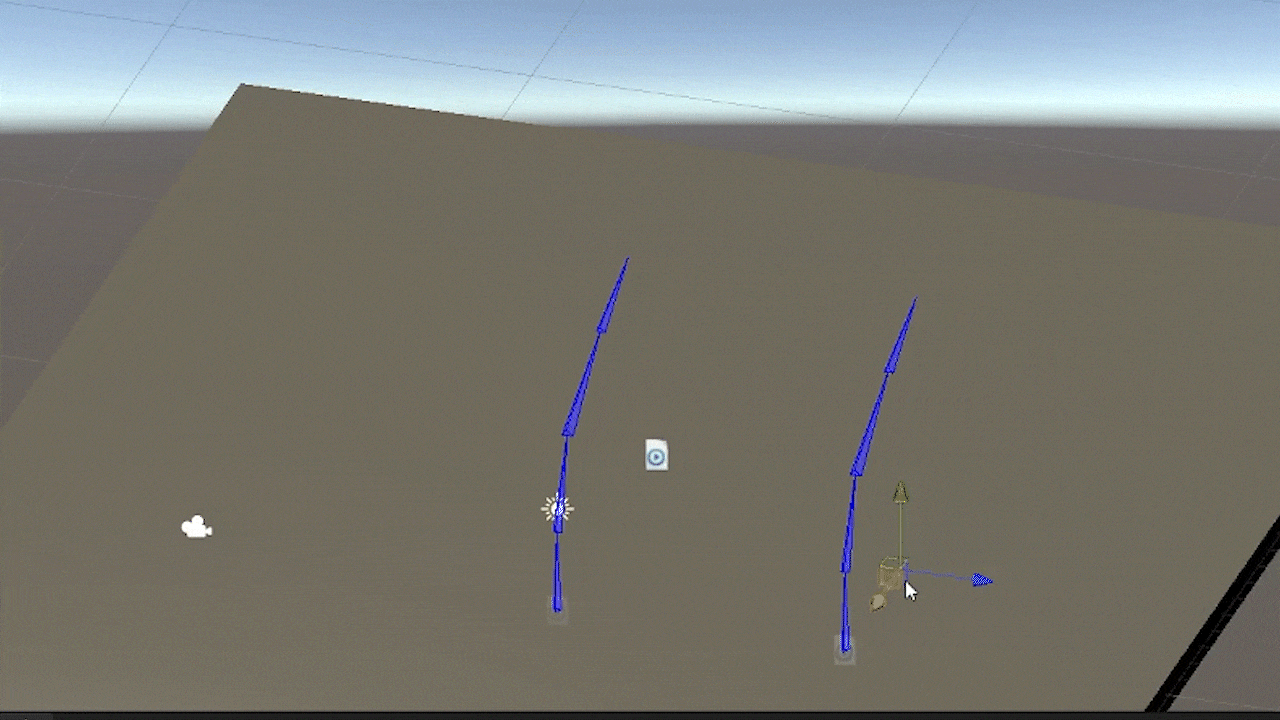
IK Experiments
Unity includes an IK chain solver as part of its Animation Rigging package that works pretty good, but I wanted to see what I could do myself. This was motivated partially because there were some behaviors that I couldn’t easily replicate with the built in IK, such as coiling or swinging, and partially because I am stubborn and like to do things myself.

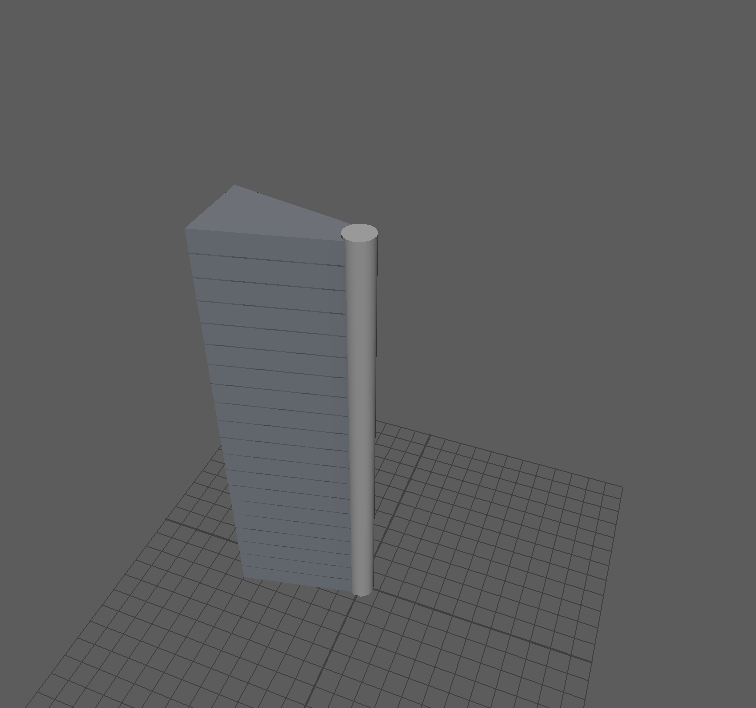
MASH Doodles
Last quarter, I gave a lecture to the Animation Capstone on using MASH to procedurally generate interesting animated geometry setups. In preparation for this, I came up with several neat little sketches pushing MASH in a couple of different directions.

Boids Boids Boids: Animation Capstone 3
My largest role in the Animation Capstone was fish wrangler. As our film was entirely underwater, there were a lot of fish to wrangle.
This presented an interesting set of constraints: there were far too many fish to hand animate them individually, they needed to be able to be tightly controlled as a group, but they also needed individual movement to look lifelike.
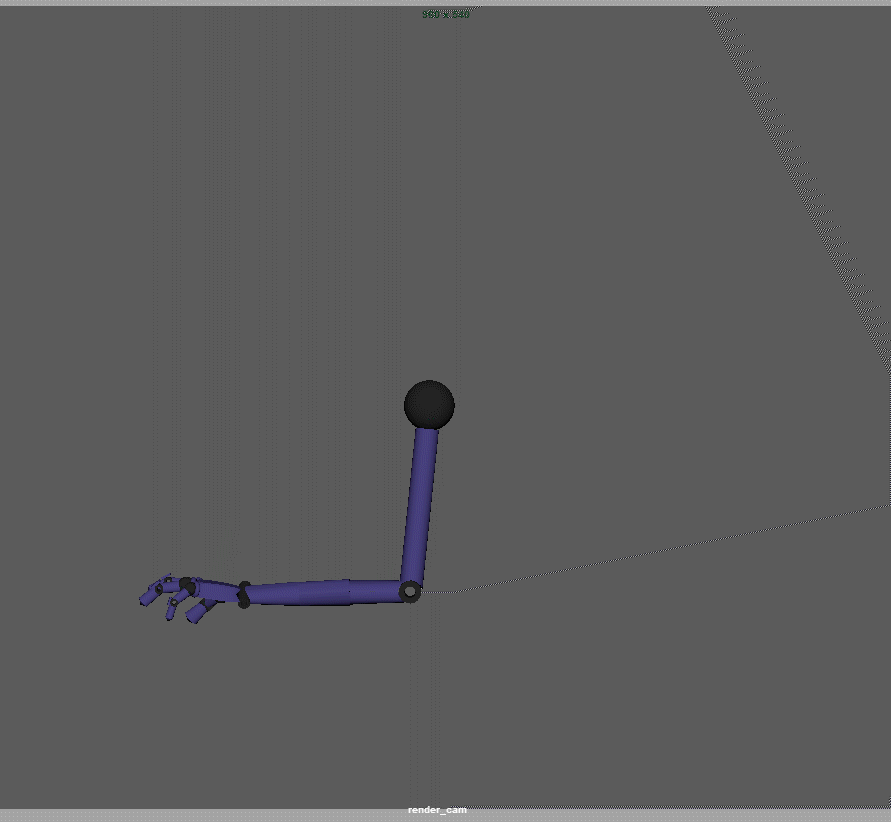
Overlap Tool: Animation Capstone 2
Doing this is pretty quick for a human with two arms that only have three joints and some fingers, but it gets a lot more tedious for an octopus with eight arms each with 15+ joints. So, I decided to automate it.

Animation Capstone 1
This year I am taking the University of Washington Animation Capstone. It is a year long course designed to blend academia and industry to teach us all the many skills that go into creating professional 3D animations. It also gives us the opportunity to make a very big thing with a group of very smart people. So far, it has been a blast.
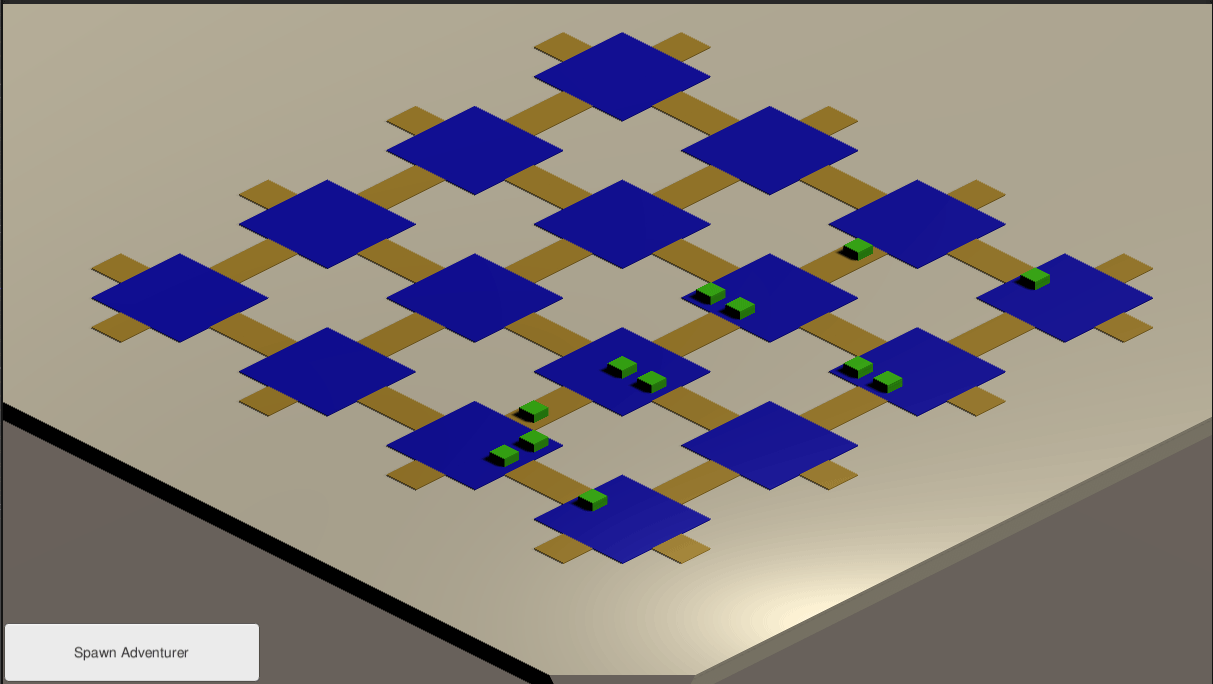
Pathfinding: Beyond A*
I am working on a navigation system for controlling parties of adventurers who will explore a dungeon, in search of the most treasure and honor with the least viscous beasties. I ended up using a method called Ant Colony Optimization. Instead of calculating the correct solution, this algorithm uses successive attempts at exploring the search space, refining it’s solution each time.
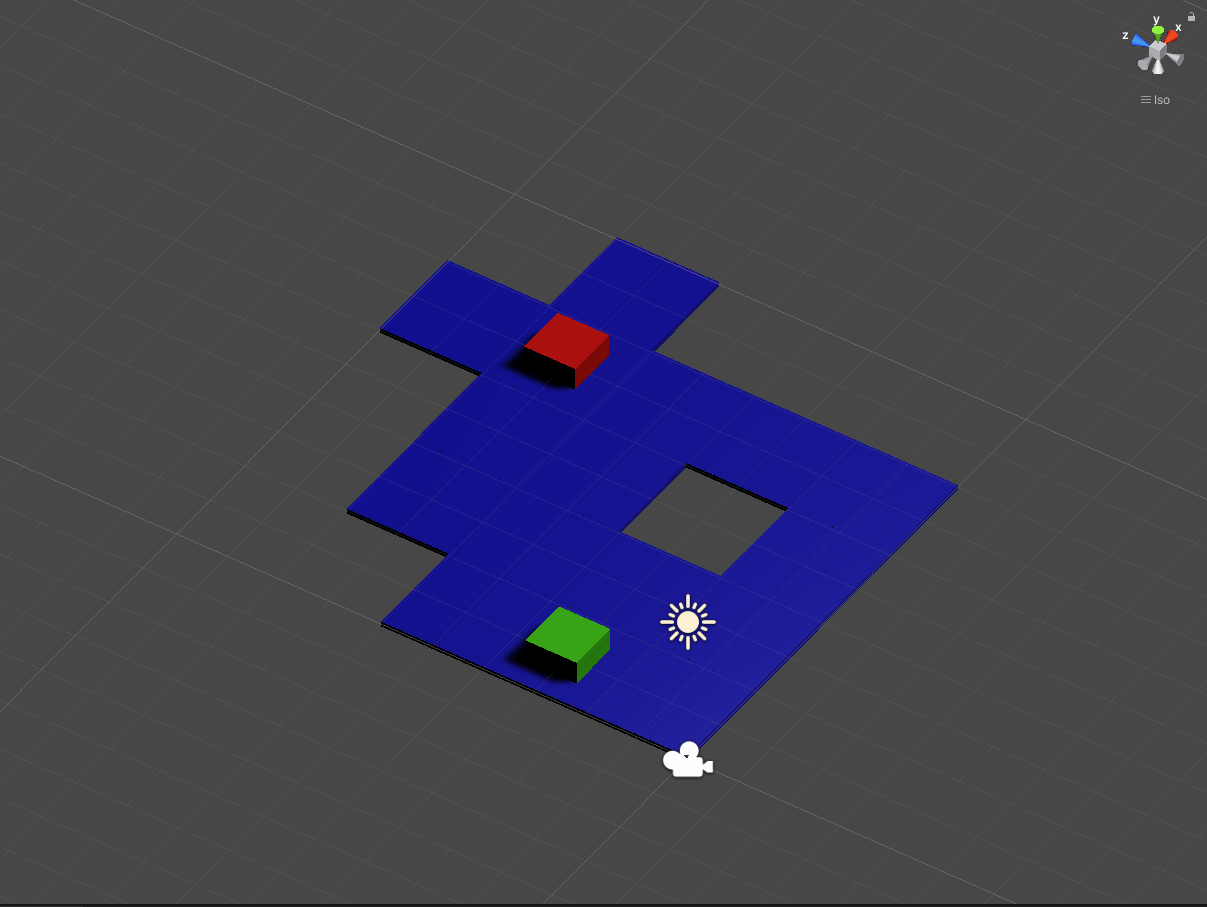
Testing in Unity
I have decided to finally become a good developer and include some automated testing in my Unity projects. I started my adventure into unit tests working on a system for adventurers navigating their way through a grid-based room, and fighting various monsters that are move towards them. Eventually, this will be used for a game in which you play an evil villain managing a dungeon, in the hopes of attracting and slaying enough adventurers to make payroll.
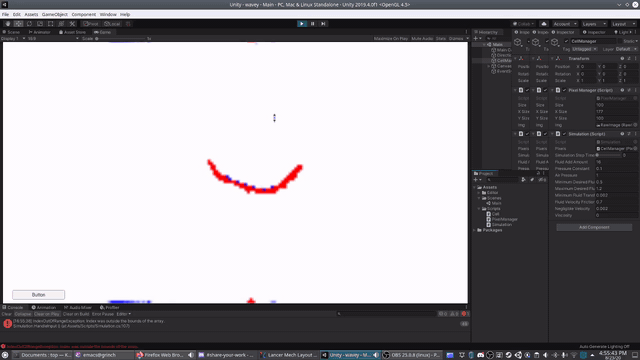
Water 1
I had an idea for a game similar to Factorio, but entirely based around fluids and pipes. I’ve also been playing Noita which has very responsive water. The underlying technology behind this would be a fluid movement system, which had to be really solid in order to build a game out of.
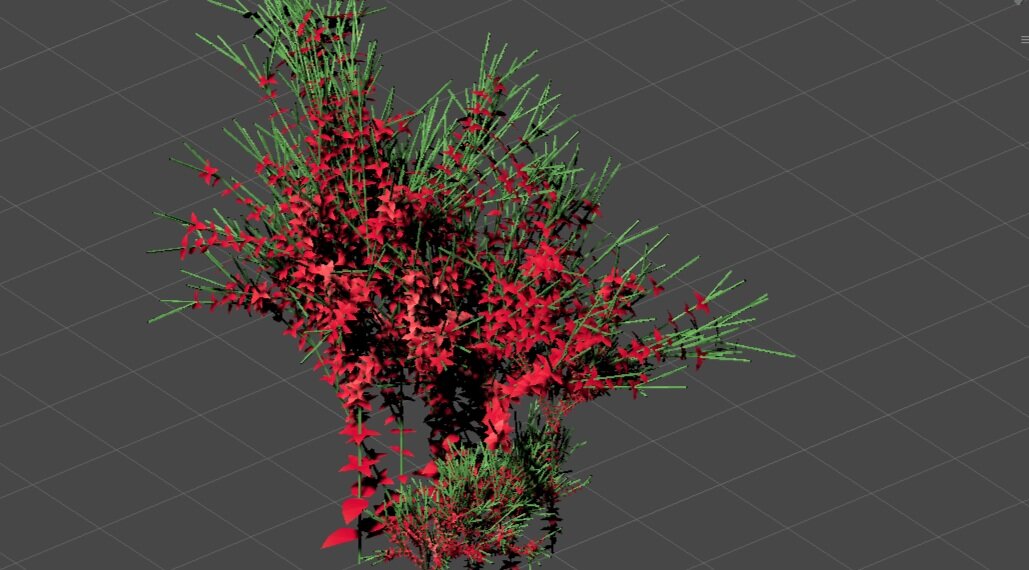
Plants 2: Secondary Growth
This week was a lot of learning about how plants grow and develop. As I've discovered, botanists know a whole lot about how plants grow, and it is a very deep wikipedia hole to fall down. Fortunately, the L-system model that I'm implementing fits the natural world quite well, almost as if it was designed to do exactly that.
